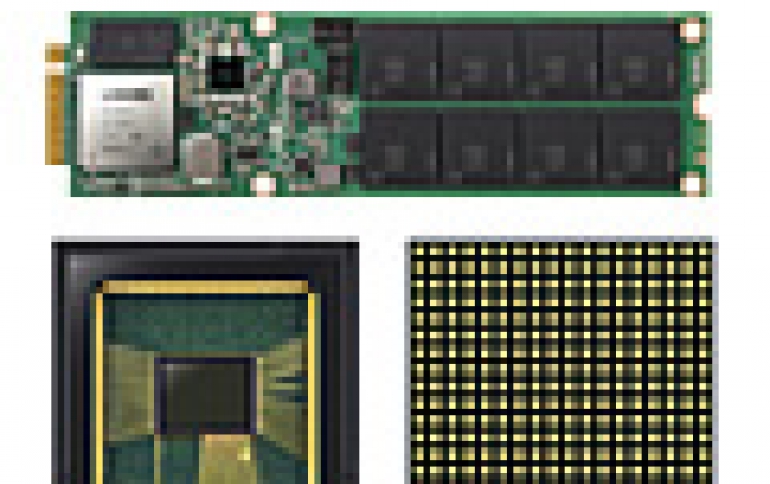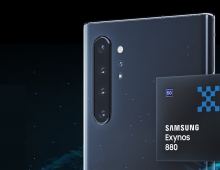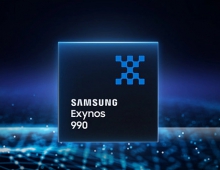
Samsung's 16Gb GDDR6 Memory and New Exynos 9 Series 9810 Mobile Processor Win CES 2018 Innovation Awards
Samsung's new 16Gb GDDR6 Memory as well as the Exynos 9 Series 9810 processor that will most probably power the upcoming Galaxy S9 smartphones are among the winners of the CES 2018 Innovation Awards.
Samsung says that its new 16Gb GDDR6 Memory is the "fastest and lowest-power DRAM" for next generation, graphics-intensive applications. It processes images and video at 16Gbps with 64GB/s data I/O bandwidth, which is equivalent to transferring approximately 12 full-HD DVDs (5GB equivalent) per second. The new DRAM can operate at 1.35 volts, offering further advantages over today's graphics memory that uses 1.5V at only 8Gbps.
Samsung's 8TB NGSFF NVMe SSD (PM983) SSD was also awarded. This SSD dramatically improves the storage capacity and performance of 1U rack servers (highly popular in consumer electronics). The 64 8TB NGSF SSD can deliver I/O at 0.5 petabytes per second. Measuring only 30.5mm x 110mm x 4.38mm, the drive also improves space utilization and scaling options in hyper-scale datacenter servers.
The Exynos 9 Series 9810 is Samsung's latest flagship processor, with 3rd-generation custom CPU cores, upgraded GPU, and gigabit LTE modem with industry-first 6CA support. It is built on 2nd generation 10nm process technology.
It is rumored that the Samsung's new Galaxy S9 smartphone will feature the Qualcomm Snapdragon 845 processor, but also the new Exynos 9 series chipset to selected markets.
The Samsung Galaxy S9 believed that will have 6.0" OLED powered by 3500mAh battery along with 64GB storage, 6GB RAM and 12MP camera. S9 will operate on Android v 7.1.1.
Tthe device will also have Samsung Exynos 9 Octa 9810 and graphics of mali -G71 MP20 as well as Octa core (f.3 GHz,Quad core, M2 Mongoose=1.7 GHz, Quad core, Cortex A53 ) processor.
Samsung also showed off the ISOCELL Slim 2X7 on Friday, a camera sensor it announced earlier this year. It's a 24MP image sensor with 0.9µm pixels - the smallest pixel size in the industry - with proprietary Tetracell and remosaic technology that simulates the performance of bigger-pixel image sensors.
The Slim 2X7's small 0.9µm pixel size allows it to squeeze inside thinner camera modules. According to Samsung, it'll let premium smartphones offer high-resolution cameras in "slim and elegant" designs.





















